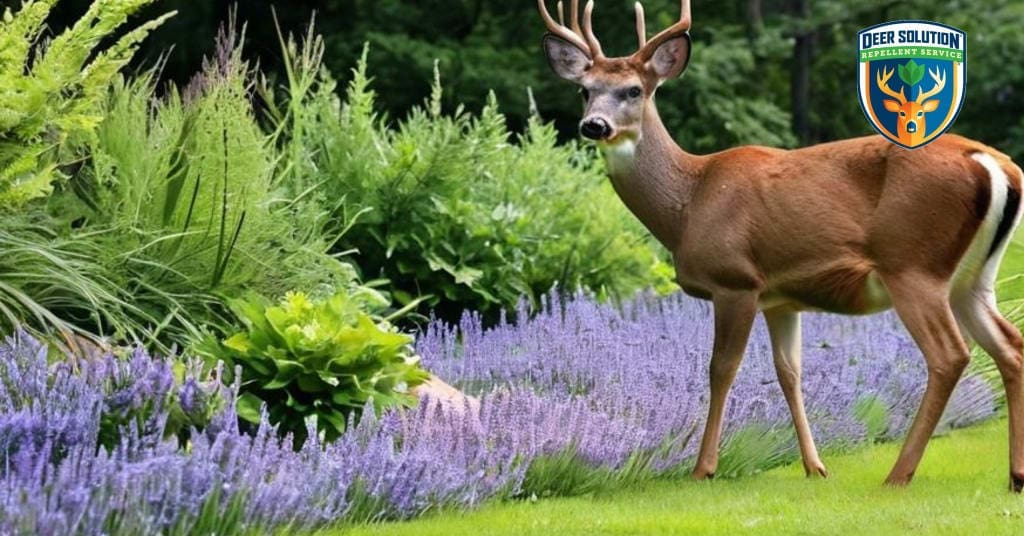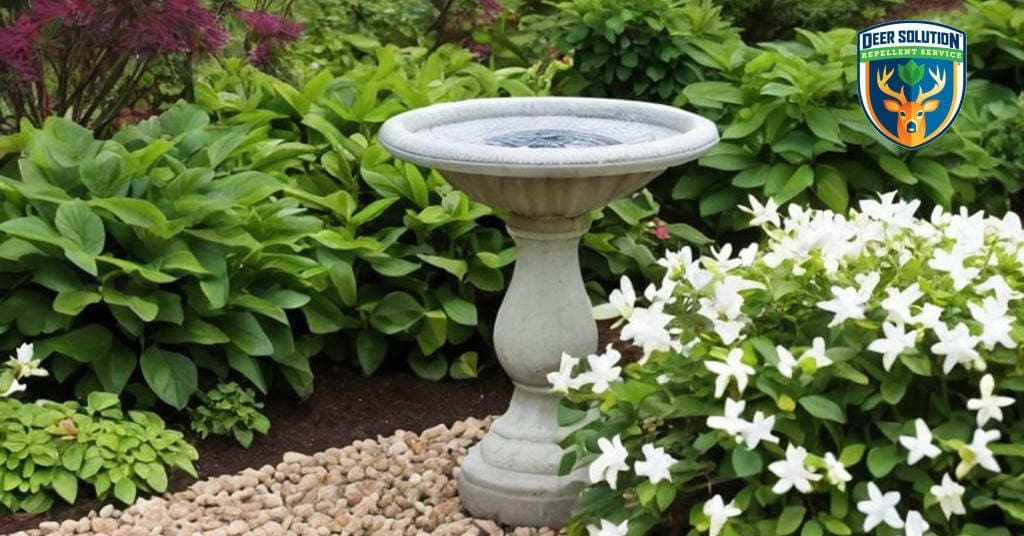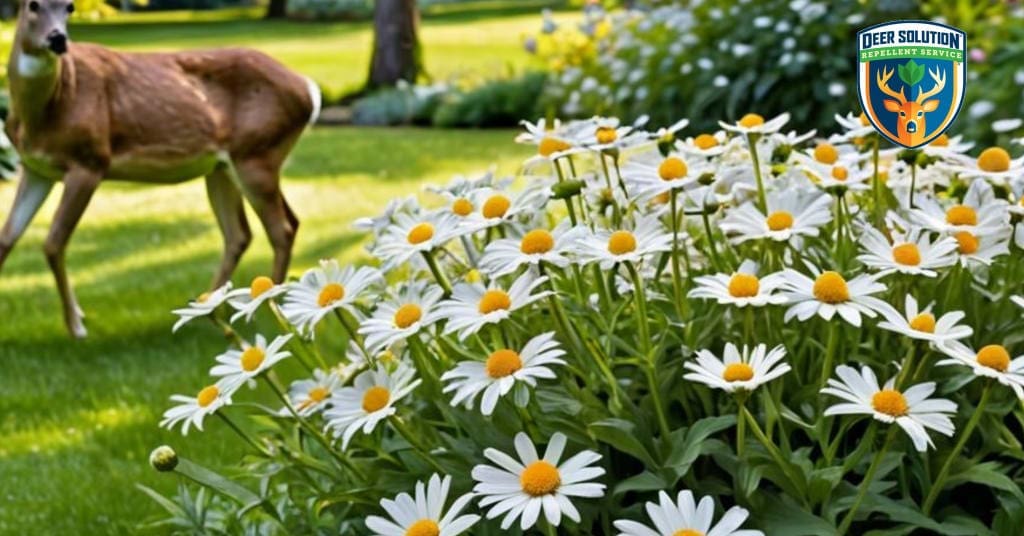If you’re a property owner with a passion for adding vibrant late-season color to your garden, New England Asters, scientifically known as Symphyotrichum novae-angliae, may be a perfect choice.
These native North American wildflowers are renowned for their striking purple blossoms that appear in the late summer and early fall, attracting butterflies and other pollinators. But do they also attract deer?
New England Asters are a welcome addition to gardens and naturalistic landscapes, providing a burst of color when many other plants have finished blooming. Their clusters of daisy-like flowers create a stunning display that complements the changing seasons.
However, when it comes to deer, it’s essential to understand their preferences.
Understanding the Relationship Between Deer and New England Asters
New England Asters are considered deer-resistant. While no plant can be guaranteed to be entirely deer-proof, these wildflowers are less likely to be targeted by deer. The strong fragrance of their foliage and the bitter taste of their leaves often deter herbivores from feeding on them.
This makes New England Asters an attractive choice for gardeners who want to enjoy their late-season beauty without the constant worry of deer damage. However, it’s wise to remain vigilant, especially if deer populations are prevalent in your area.
Protecting Your New England Asters
If you’re determined to preserve the late-season beauty of your New England Asters and prevent deer damage, there are effective solutions available.
Deer Solution, a trusted name for eco-friendly deer damage control, offers all-natural repellents that have been helpful in deterring deer from feeding on plants, including New England Asters.
Our Certified Deer Damage Experts can assess your specific needs and create individualized protection plans for your garden, helping with your New England Asters and other cherished plants continue to thrive without the threat of deer browsing.
Our all-natural repellents are safe for your family, pets, and the environment. By using Deer Solution, you can help safeguard your investment in your garden and enjoy the late-season beauty of your New England Asters without any concerns.
Invest in Deer Solution
If you’re passionate about preserving the vibrant beauty of your New England Asters or other late-season bloomers, taking proactive steps is always beneficial.
Deer Solution can provide you with helpful solutions to protect your valuable garden and maintain the stunning late-season display of your New England Asters.
Contact us today to learn more about how Deer Solution can assist you in managing deer-related landscape challenges and helping with the well-being of your New England Asters.











